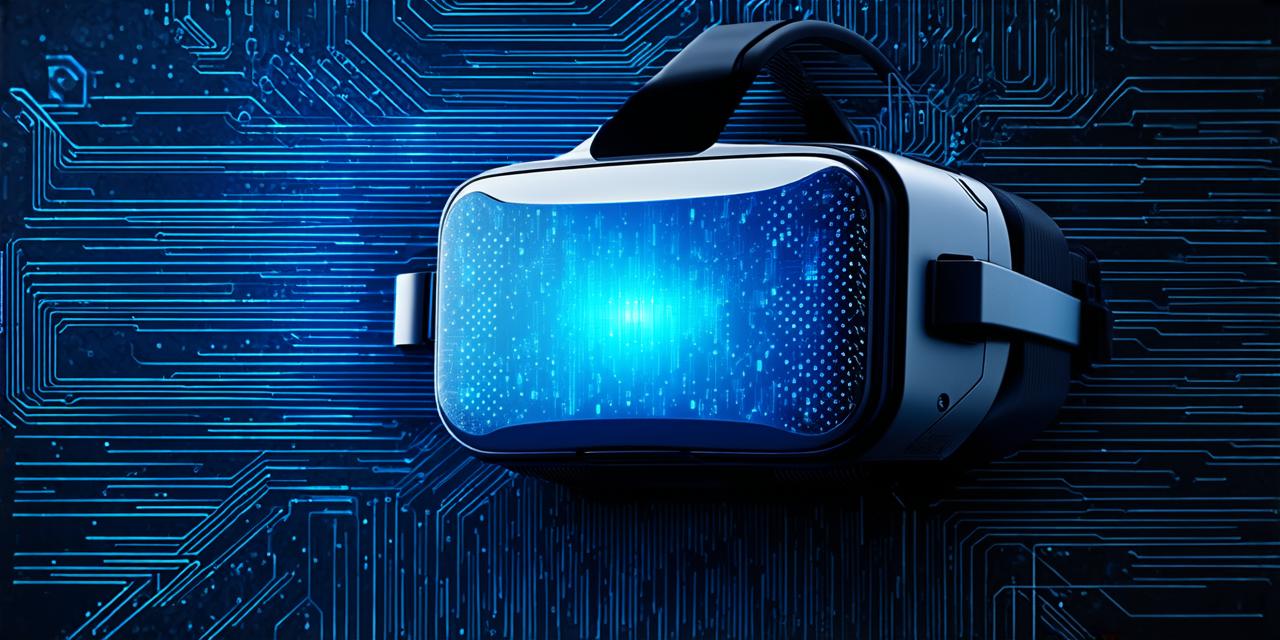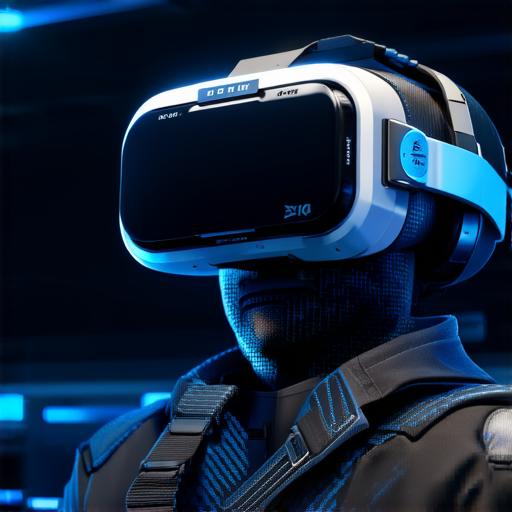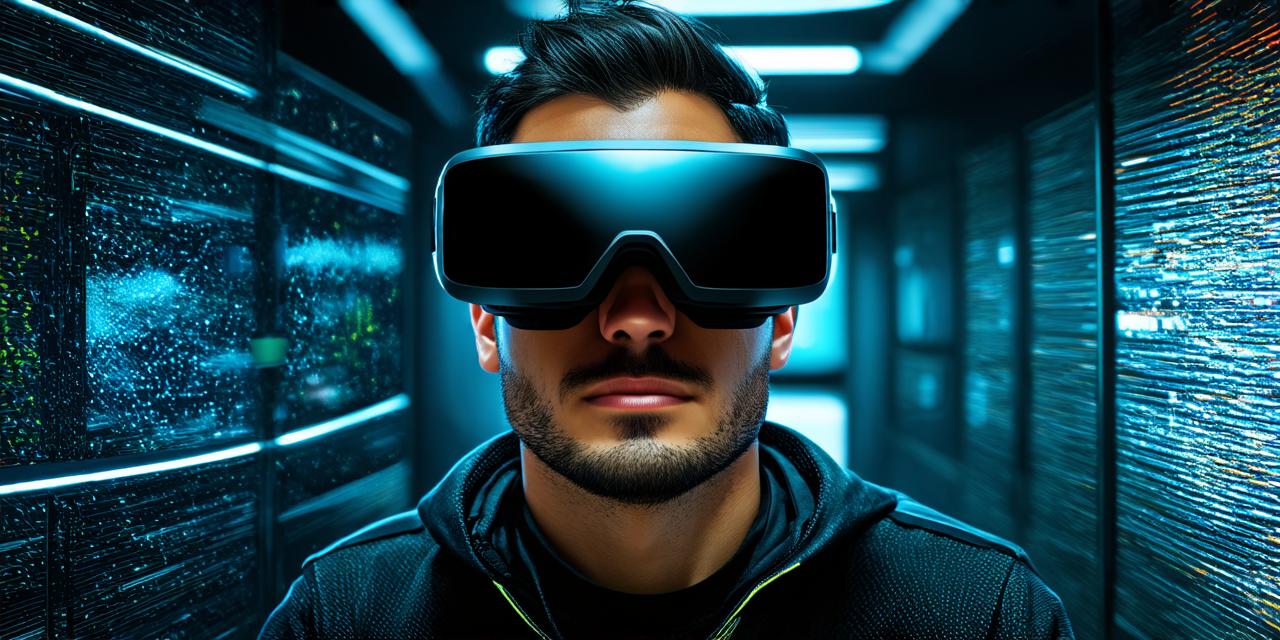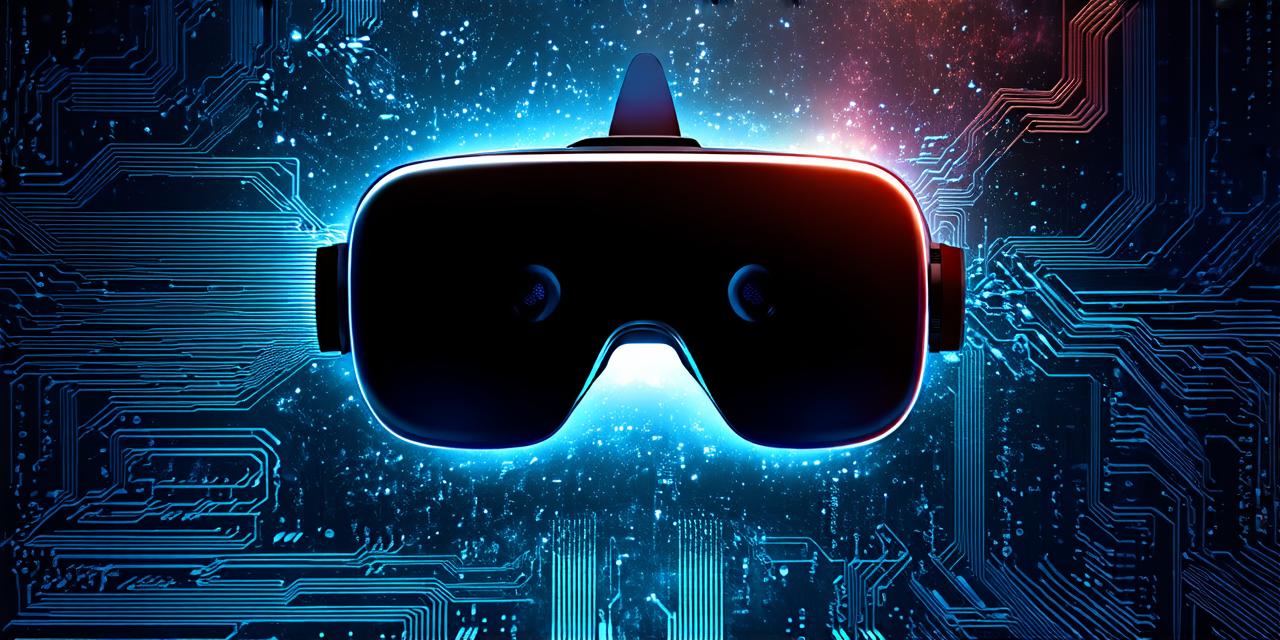
How secure is virtual reality?
Virtual reality (VR) technology has gained significant traction in recent years, with applications ranging from gaming to healthcare. VR technology allows users to immerse themselves in a simulated environment, providing a unique and engaging experience. However, as with any new technology, there are concerns about security and privacy. In this article, we will explore the various aspects of virtual reality security and examine whether it is secure enough for widespread use.
Table of Contents
ToggleSecurity Risks in Virtual Reality
One of the main concerns with VR technology is its potential to be exploited by hackers. As with any computer-based system, VR devices are vulnerable to attacks such as malware, phishing, and other forms of cybercrime. In addition, because VR technology requires a significant amount of processing power, it can be targeted by attackers who seek to exploit this vulnerability for their own gain.
Another security risk in VR is the potential for unauthorized access to sensitive data. For example, if a hacker gains access to a user’s VR device, they may be able to extract personal information such as name, address, and financial details. This can have serious consequences, particularly if this information falls into the wrong hands.
Privacy Concerns in Virtual Reality
In addition to security risks, there are also privacy concerns associated with VR technology. For example, some VR applications require users to share their location data, which can be used to track them and monitor their movements. This raises concerns about the potential for surveillance and the loss of personal privacy.
Another privacy concern in VR is the potential for user data to be collected and analyzed without the user’s knowledge or consent. For example, some VR applications may collect data on a user’s behavior and preferences, which can then be used to target them with advertising and other promotional messages. This raises concerns about the potential for manipulation and the loss of control over personal information.
Measures to Improve Virtual Reality Security
To address these security and privacy concerns, there are several measures that can be taken to improve the security of VR technology. For example, developers should prioritize security when designing and developing VR applications, incorporating robust security protocols and encryption to protect user data. In addition, users should take steps to secure their VR devices, such as using strong passwords and keeping software up to date.
Another measure that can be taken to improve the security of VR technology is the development of industry standards and regulations. These standards and regulations would provide guidance on best practices for VR security and privacy, ensuring that users are protected from potential risks.

Conclusion
In conclusion, while virtual reality technology has the potential to provide a unique and engaging experience, there are concerns about its security and privacy. As with any new technology, it is important to address these concerns and take steps to improve the security of VR devices and applications. By prioritizing security and privacy, we can ensure that virtual reality technology remains safe and secure for widespread use.

